F1 | Hungarian GP, Ocon: seventy breathless laps
The story of the Frenchman's first victory in Formula 1, achieved by managing every detail
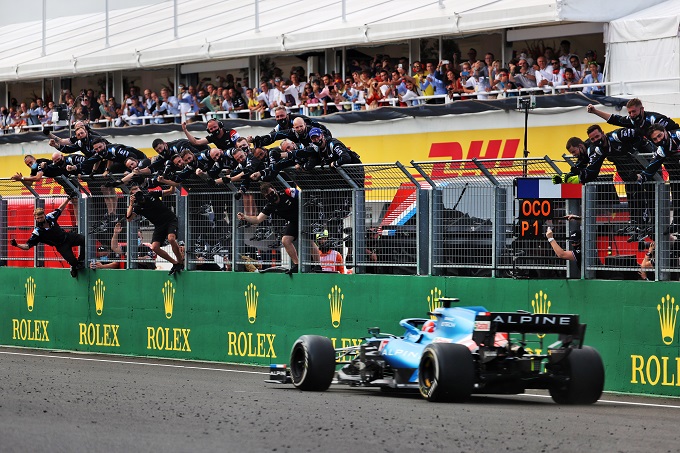
After the Hungarian Grand Prix, a new name was added to the roll of honor in the history of Formula 1, that of Esteban Ocon, capable of winning an unpredictable race among the curves of the Hungaroring, giving himself and the Alpine's first success in the top category. A particular event in which the Frenchman was able to authoritatively manage a race that seemed simpler on the outside than it was in the car, above all due to the constant pressure from Sebastian Vettel behind him, who did not let a moment of breathing space remaining in its exhausts from start to finish. A race in which we had to be perfect and in which the Frenchman did not disappoint.
“What a moment, what a moment! It feels so good. It is the first victory since the Renault group returned to Formula 1. We have had some difficult moments this season, which we have overcome. We returned very competitive at Silverstone and today a victory! What can I say? It's fantastic, so congratulations also to Fernando because I think the victory also came thanks to him, all the fights he put in, his teamwork, all of this. It was a fantastic day. I can only say a big thank you to Alpine for the trust that everyone has placed in me. In difficult moments, when you're out of Q1, when you're P17, you don't know where you are exactly and the team has kept a lot of faith in me and we're back to where we deserve to be, so it's fantastic. But Sebastian was extremely fast throughout the race, he put a lot of pressure on me, but we managed to keep him away, it was a huge effort,” Ocon said at the end of the race.
The sprint when the lights went out wasn't the best ever, especially in the very first phase of clutch release, where the Frenchman seemed to have lost something compared to the rivals who were around him on the starting grid. On the contrary, however, Esteban had managed to recover progressively, so much so as to worry Charles Leclerc, who had subsequently moved to the inside partly to avoid remaining in the wake of the riders in front, partly precisely to cover a possible attack by of the transalpine. An apparently harmless and correct decision, but which would have completely changed the history of the Grand Prix because, a few meters ahead, the Monegasque would have been hit by Lance Stroll, who had lost his car during braking after reaching the blocking of the rear axle, thus ending up on the grass before impacting the Ferrari SF21 number 16. A serious error, the result of an incorrect evaluation in a situation in which, with the wet surface, it was difficult to understand what the ideal point for braking and how much pressure to apply on the brake. Observing the Canadian's telemetry, in fact, it is possible to notice how the Aston Martin driver actually hit the brakes a few meters ahead of his opponents who were in front of him but, evidently, the pressure applied had not proved to be sufficient to slow down the car in a manner appropriate to the situation. Trying to react as quickly as possible to avoid a collision, Stroll had been unable to do anything but move to his right, in the hope that those few extra meters would have helped him slow down the car before entering turn one: however, precisely when he started to apply more force on the pedal, Lance ended up locking the rear axle, ending up on the grass after losing control of the car. At that point there was nothing more that could be done to avoid a contact and it was Leclerc who paid the price, forced to retire due to damage to the cooling system. The person who had profited from it, however, was Ocon himself, who, with a bit of luck, had been able to avoid numerous accidents, thus moving comfortably into second position, with the knowledge that that race was on the right track. .
The display of the red flag had given us the opportunity to take a breath and think calmly about what the strategy could be once we returned to the track after the interruption. The crucial point revolved around understanding what would be the right time to switch to dry tyres, especially considering that that break had given the sun the opportunity to start drying the asphalt, making the crossover phase between the two ever closer. types of tires. An opportunity that, in reality, presented itself immediately, because already during the "formation" lap behind the Safety Car some drivers had understood that switching to slicks could have been the winning move. Something that Ocon had also partially underlined, who already a few hundred meters after leaving the pit lane had suggested via radio that they could benefit from a possible pit stop. Listening to his words, the Alpine mechanics reacted immediately, starting to prepare all the necessary material for the stop, so as not to be caught unprepared in case the transalpine actually returned. A scenario which, however, did not seem so certain, as Esteban himself, at the engineer's specific question, had had doubts about making the tire change on that same lap: "I'm second, so I'd say no [in merit of returning to the pits]. What do you think?”, were his words, thinking that the risk perhaps would not be worth the candle given the position. After having analyzed the data and the radio teams of the opponents in the short period of time available, it was the team's strategists who made a definitive choice in this regard, deciding to recall their driver in the hope that it would prove to be the best option. A decisive move which later proved to be the correct one, especially keeping in mind two fundamental points: the first is that, with the track drying rapidly, the delta between the wet tires and the slick tires could have been clearly in favour. of the latter, while the second concerns purely a chronometric question. In this specific case, the drivers who had decided to stay on the track would not have been able to continue safely, but would have had to stop on the starting grid, losing precious seconds; this would have allowed those who had opted to stop to gain a huge advantage, effectively reducing the time needed to complete the procedure by around fifteen seconds compared to normal. In fact, when the traffic lights went out on the starting grid, Ocon had already lined up at the end of the pit lane, just waiting for those remaining on the track, namely Lewis Hamilton alone, to cross the line at the end of the pit lane, thus officially giving the off to the races even for those who had decided to stop.
With still over sixty-five steps to complete, however, anything could still happen, once again overturning the outcome of an appointment that was proving to be unpredictable. It was important to believe in it and, lap after lap, that dream seemed to get closer and closer, especially keeping in mind that the pit stop had not been the only element in favor of the Frenchman from Alpine's chase: the difficulties on the part of Nicholas Latifi in maintaining the pace of the leading group in the very first laps, he had ensured that the Ocon-Vettel duo was able to quickly open a gap useful for ensuring the possibility of making a further stop in the event of the Safety Car entering the track and rejoining anyway ahead of the Williams driver, who at that time was in third position, keeping potentially faster cars behind him. In fact, although from the outside it might seem simple to be able to immediately set competitive times, the same could not be said when looking at the situation from the perspective of the drivers in the car, as the changeable conditions of the asphalt made it a real challenge to be able to understand what the margin was, for example, for daring to brake. It is no coincidence that, analyzing the radio conversations with the wall, one of Ocon's first requests was based precisely on the possibility of modifying the braking distribution: generally, in wet conditions the riders shift the balance towards the rear, in order to avoid locking with the front tires which could prove fatal. On the contrary, as conditions progressed towards dry conditions, the idea was to follow the opposite path, gradually returning to a more aggressive front end for performance purposes, even if identifying what the best balance was in such a changing situation represented a data difficult to identify. Despite the difficulties of the track and Sebastian Vettel not giving him a moment's respite, Ocon had remained calm, managing the lead of the race with great authority, without making the slightest mistake.
Although the German had tried several times to be seen in the mirrors looking for a useful space in which to attempt an overtaking maneuver, aware in his heart of having a potentially faster race pace, the characteristics of the track, narrow and tortuous, made it difficult to find that useful window that Vettel was desperately looking for. A factor from which both the driver from Évreux and Alpine had tried to benefit, in particular for the fuel issue, which on the Hungarian Sunday played an important role in a rather unusual way, because historically the Hungaroring has never been a particularly severe circuit in terms of fuel use, not to mention that the entry of the Safety Car had allowed some laps to be completed at a reduced pace. There are many hypotheses in this regard, from the idea that several teams had set up their strategy thinking of being lapped, as could be the case with Alpine, to that of having started with a few kilos less of petrol on board to take advantage of a lighter car, well aware that on this track it would be difficult to see a race that was all about attacking, but rather about waiting. For this reason, already during the first stint the necessary precautions had been taken, playing with a sort of elastic effect: there were moments in which Ocon was allowed to lower the pace and repel Vettel's attack attempts, others in which, instead, the Frenchman was forced to lift his foot at specific points on the track in order to manage the tires and make the most of the lift and coast technique. A behavior now well known, but whose most interesting aspect did not revolve around its use, but rather how it was used: generally, drivers tend to lift their foot in the fastest sections, such as at the end of the straights, in order to find the right balance between the fuel saved and the related loss in chronometric terms. On a track like the Hungaroring, full of sections with rather short straights and corners where it is difficult to overtake, this technique could be further extended, using it to one's advantage. A clear example was in turn five, where normally one would try to get back on the accelerator as quickly as possible; on the contrary, knowing that in the immediately following section there would be no particular overtaking opportunities, Ocon tended to partialize more clearly or even completely remove his foot for a prolonged period during the journey. An extremely intelligent move, especially keeping in mind that the following corners would have been those of the second sector, one of the most complicated sections of the track in which to stay in the slipstream, thus limiting the possible gains for Vettel.
Keeping the German at a distance was the most difficult task because, if it is true that the presence of Fernando Alonso in the pit window was a problem to take into account for the Aston Martin wall, the moment of the stop was now approaching and that of the undercut was an element not to be underestimated. Since Friday's free practice, in fact, it had become clear how a set of new tires could make the difference, with a rather significant gap that would widen further on Sunday afternoon, as the rain that fell in the morning had done nothing else. than cleaning up the track, removing the rubber that had settled in the previous two days. Aware that the opportunities to pass on the track, especially towards the end of the stint, were reducing, the Aston Martin wall could do nothing but act strategically, identifying the best moment in which to make the stop: an opportunity that had come to an end. end of the thirty-sixth lap, not only because that could have been the best phase in which to try something different by balancing the two stints, but also because in the laps immediately preceding the pit stop, Ocon had lowered his pace, bringing Vettel to the limit of what it could have been the window to make the undercut effective. To try to close that gap, Sebastian had tried everything, even pushing in the lane returning to the pits, perhaps too much: "I pushed very hard at the entrance to the pit lane, probably a little too much and I blocked the rear tires and anti-stall triggered. Then I pushed like crazy on the way out. It was close but… yes. I tried, you know. In the end I have no regrets. I really tried to make a difference. I knew we had a big gap. As I said, it's not our race lost, it's his race won,” the Aston Martin standard-bearer later explained in interviews. In fact, just a few meters before triggering the speed limiter, the four-time world champion had reached the point of locking the rear axle, momentarily losing control of the car and triggering the anti-stall: beyond the lost time, Vettel however, he was good at quickly recovering the car by pulling the clutch lever before re-engaging the gear to travel through the pit lane. What clouded the dreams of glory, moreover, was a less than exceptional pit stop by the mechanics of the English team, completed in 3,3s, which on paper might seem like an acceptable time, but when you're risking the lead in the race in just a few tenths of a second, every detail becomes fundamental.
Despite an extremely competitive out lap, punctuated by two record split times, those small mistakes during the pit stop had indeed made a difference, but in a negative way, allowing Ocon to remain in front. Praise in this sense should also be given to the Frenchman, who on the return lap had managed to change pace, lowering his partials precisely in those sections of the track where he had previously been forced to manage both tires and fuel. “What was really nice was that when we let him loose, when we told him 'ok, now you have to drive hard' and he extended it to two and a half seconds, I don't know what it was, on Sebastian, two seconds and eight seconds or something. This allowed us to react to Sebastian's pit stop,” explained Alan Permane, Alpine sporting director.
With still thirty laps to go until the checkered flag, however, the duel had not yet come to an end and the presence of the lapped drivers could represent a further element of disturbance for Ocon, particularly if Vettel had been close enough behind him to attempt to overtake him. be seen in the mirrors. A situation that arose at the beginning of the forty-ninth lap when, after remaining behind Antonio Giovinazzi for a few turns, the Alpine standard-bearer not only had to finish the Italian's lapping, but at the same time defend himself from a attack from Vettel closing the innermost trajectory. As the laps passed, the second half of the race was following the trend of the one that had preceded it, with Ocon good at managing the most complicated situations, as well as tire and fuel consumption, despite some small stability problem in the most demanding braking sections. Although Vettel may have represented the most important threat, there was also another that should not be underestimated, namely Lewis Hamilton. Using a two-stop tactic, the Briton was quickly making up ground on the leading group, lapping at a pace that was even two or three seconds faster than the riders in the podium area: by maintaining such a high pace, according to Mercedes calculations, Lewis should have been in able to completely close the gap before the end of the race, thus finding himself with a concrete chance of being able to complete the comeback and bring home an even sweeter trophy.
The one who stood in his way, however, was the other Alpine driver, Fernando Alonso, who with a heroic defense was able to keep the Englishman behind him for those laps necessary to ensure that his chances comebacks on the leading duo were becoming increasingly tight, not to mention that even if he had managed to close the gap, he would have needed a few more laps to complete the overtaking. The Spaniard's performance, therefore, proved to be fundamental in ensuring the Alpine brand's first victory in Formula 1: "If Hamilton had overtaken Fernando immediately as he then managed to do with Sainz, then I am sure that Lewis would have managed to recover in the end . I think at that point we would have increased the pace a little to give Vettel DRS to protect himself from Hamilton, but I don't know if we could have kept Hamilton at bay anyway,” Permane added. Thanks to the German's difficulties in saving fuel in the final laps, Ocon had managed to pull away, gaining those precious seconds that would have put him on the line for a possible comeback, thus taking him to the Olympus of Formula 1, in that unique list of drivers who can boast of having achieved at least one success in the most prestigious category of motor racing. A team victory, because every element of the team played a fundamental role in the success. Seventy breathless laps because it was a race where no mistakes could be made. A feat which, although assisted by his surroundings, is special, where the Frenchman always managed to remain calm, managing the race with great authority. A deserved triumph, which he will be able to fully appreciate during the long summer break.
if you want to always be updated on our news
Follow us here




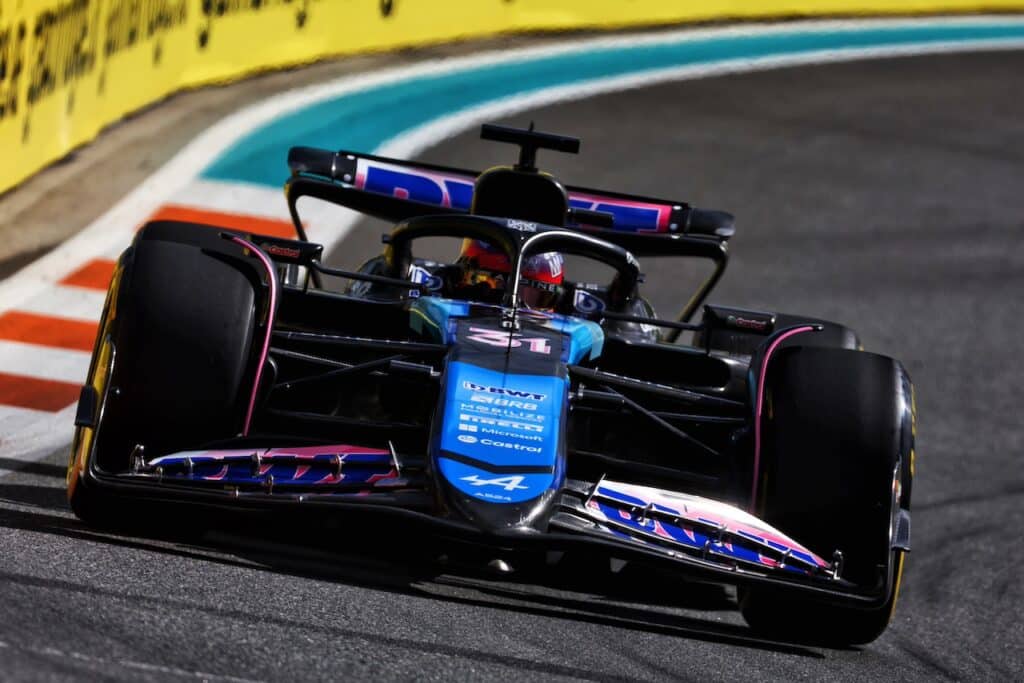
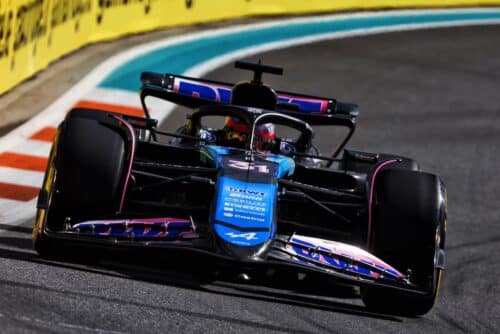




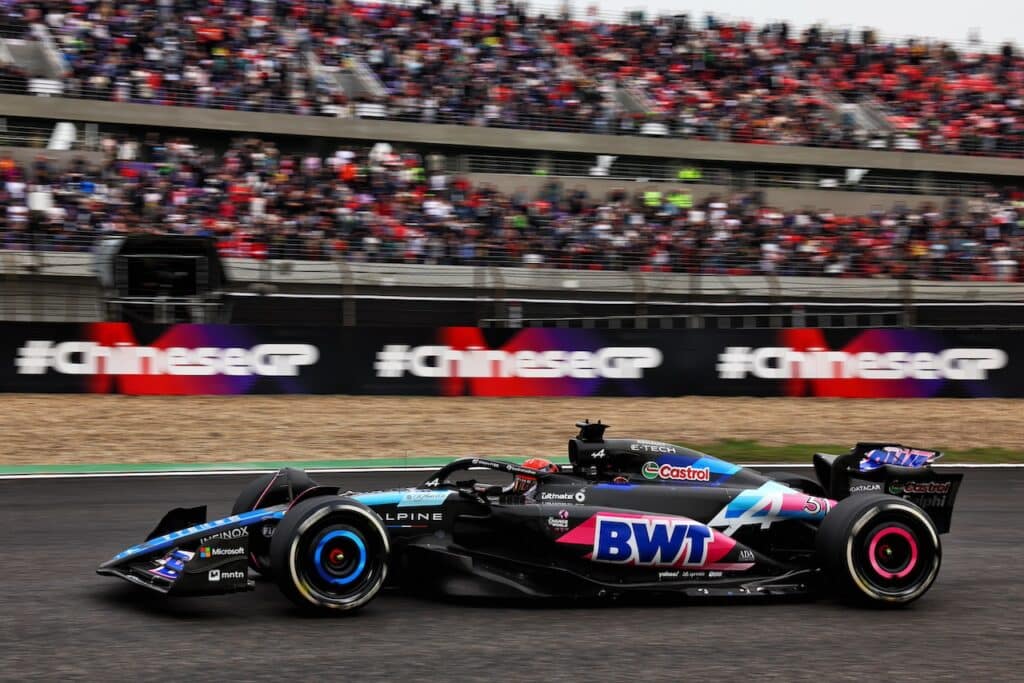

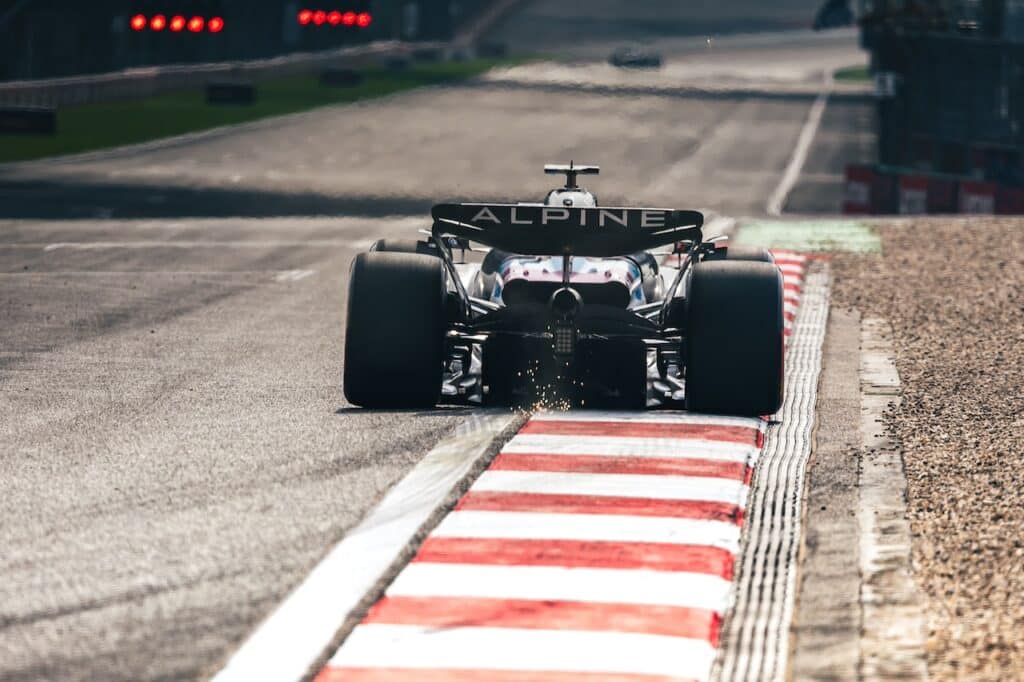
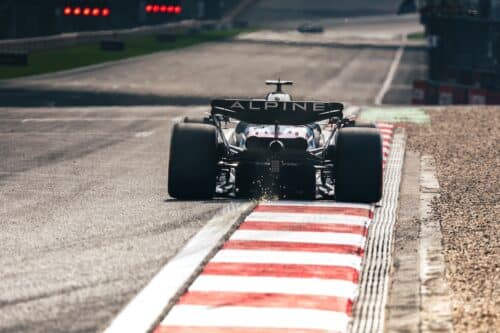

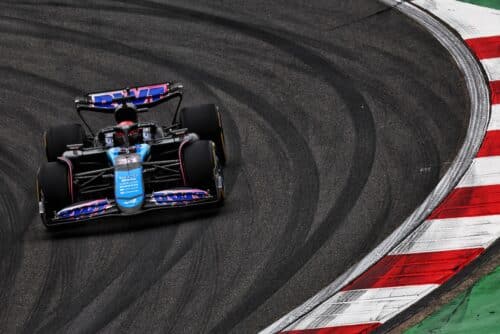
![Formula 1 | Alpine in China with various technical innovations: the analysis [VIDEO]](https://f1grandprix.motorionline.com/wp-content/uploads/2024/04/f1-gp-cina-shangahi-1024x542.jpg)
![Formula 1 | Alpine in China with various technical innovations: the analysis [VIDEO]](https://f1grandprix.motorionline.com/wp-content/uploads/2024/04/f1-gp-cina-shangahi-500x265.jpg)
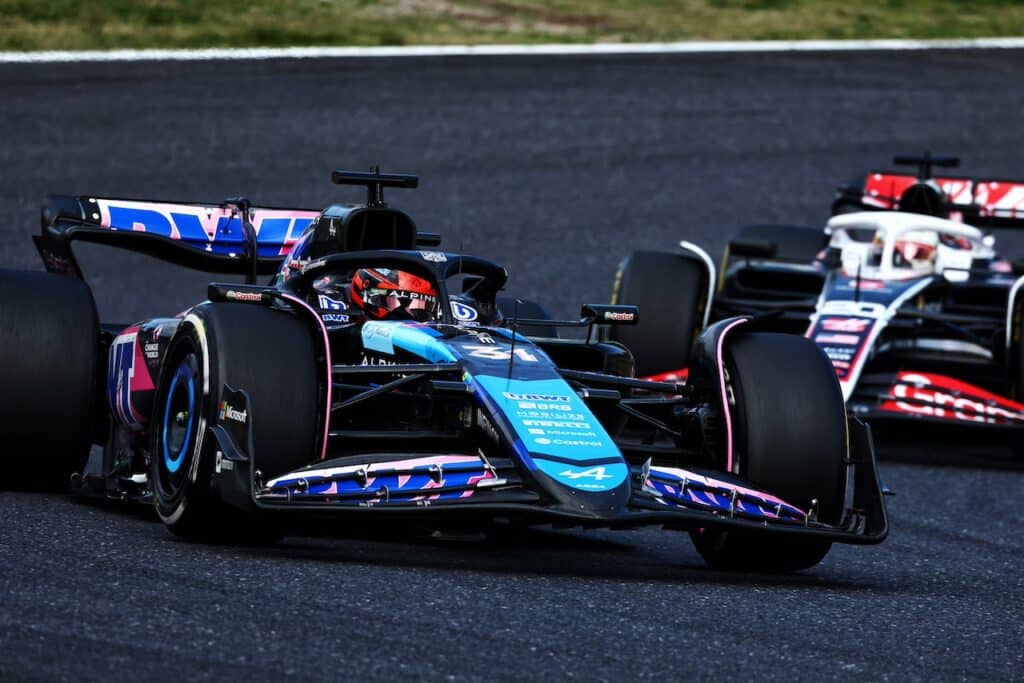
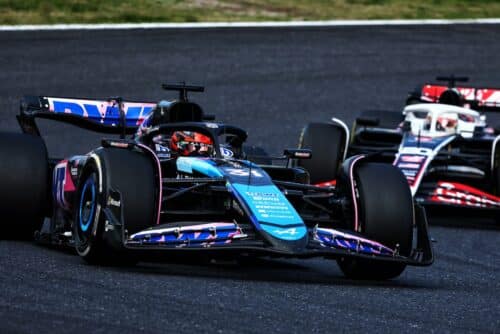
![F1 | Norris, what a celebration after the finish line in Miami! Dive into the mechanics before getting on the podium [VIDEO]](https://f1grandprix.motorionline.com/wp-content/uploads/2024/05/f1-norris-gp-miami-meccanici-1024x565.jpg)
![F1 | Norris, what a celebration after the finish line in Miami! Dive into the mechanics before getting on the podium [VIDEO]](https://f1grandprix.motorionline.com/wp-content/uploads/2024/05/f1-norris-gp-miami-meccanici-500x276.jpg)
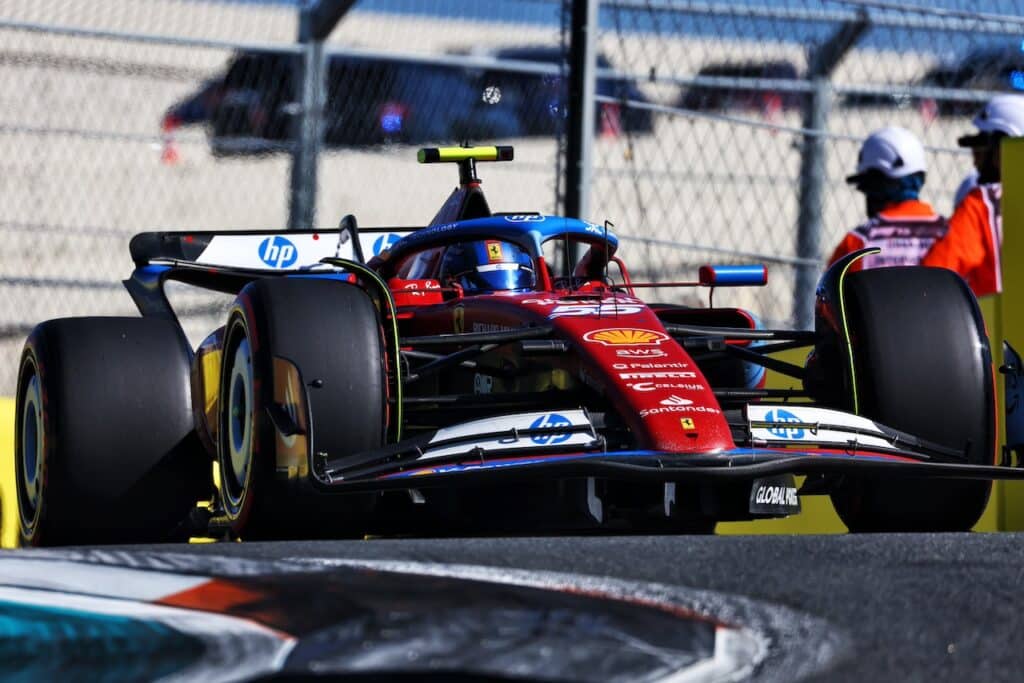
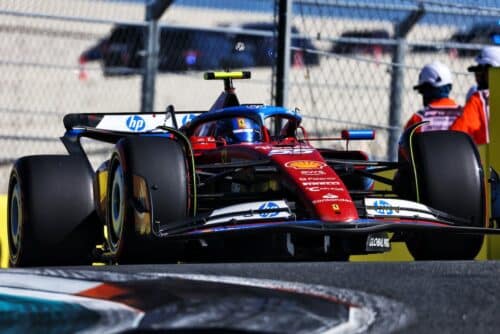
![F1 | GP Miami, the Ocon-Alonso challenge for ninth position [VIDEO]](https://f1grandprix.motorionline.com/wp-content/uploads/2024/05/f1-gp-miami-alonso-ocon-1024x556.jpg)
![F1 | GP Miami, the Ocon-Alonso challenge for ninth position [VIDEO]](https://f1grandprix.motorionline.com/wp-content/uploads/2024/05/f1-gp-miami-alonso-ocon-500x271.jpg)









